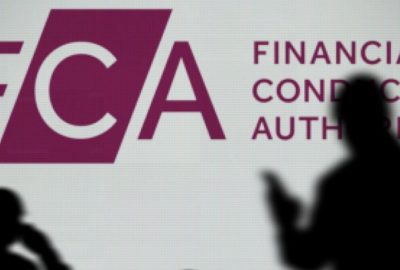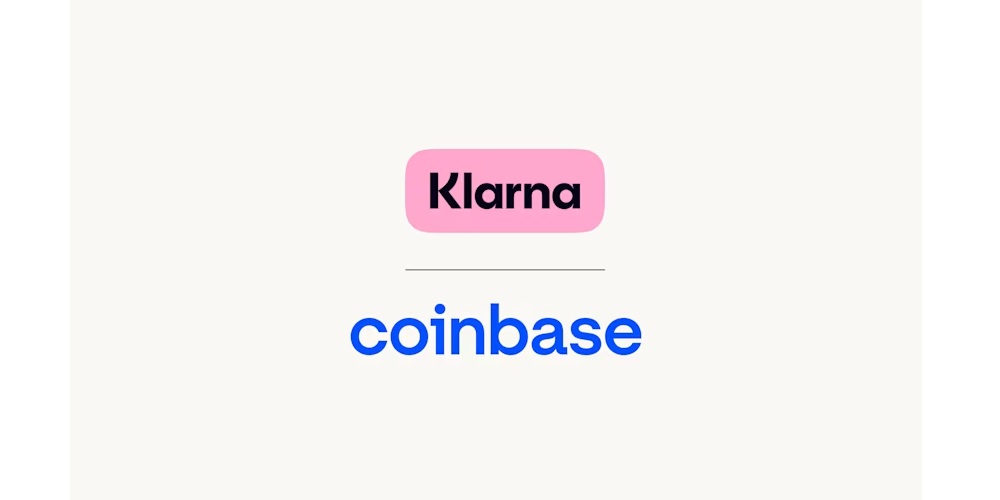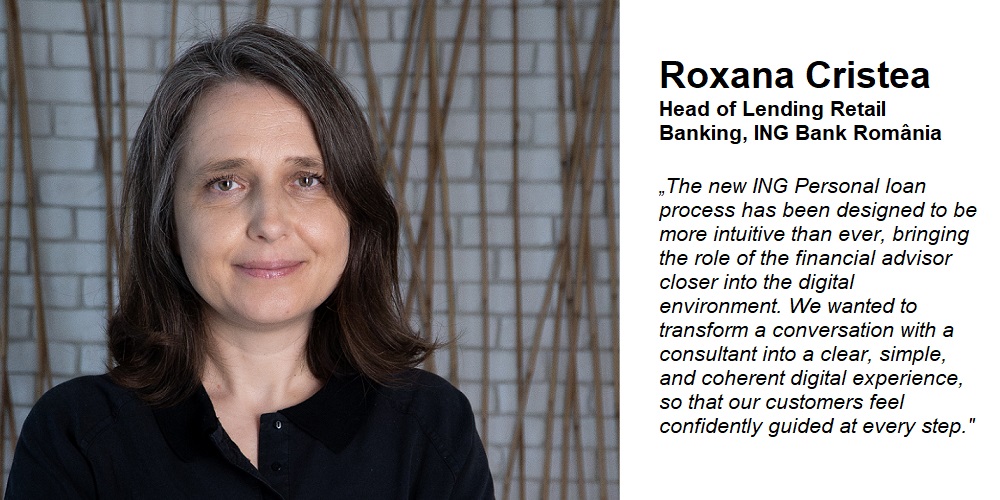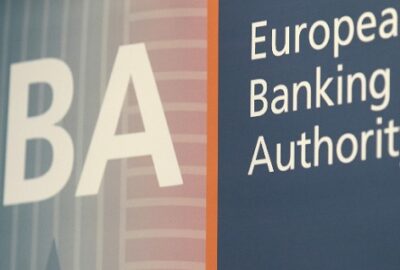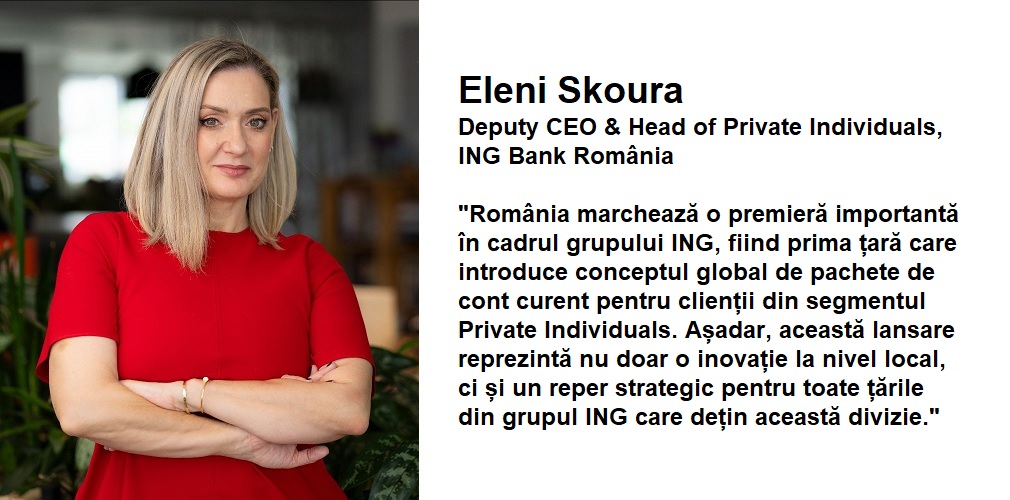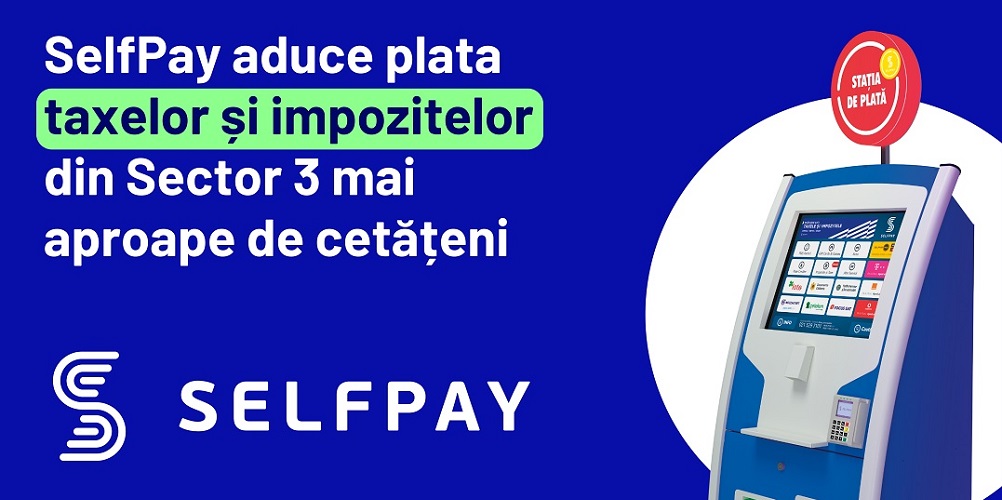BIS, Bank of France and Swiss National Bank conclude successful cross-border wholesale CBDC experiment
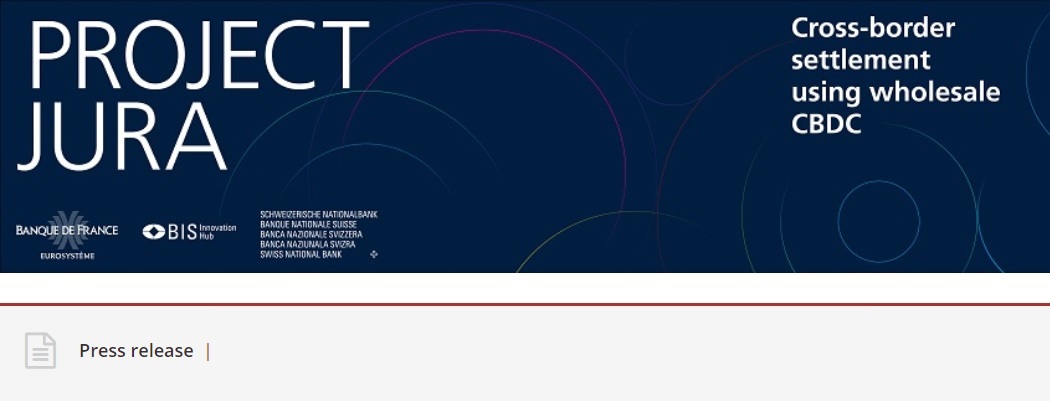
Central bank digital currencies (CBDCs) can be used effectively for international settlements between financial institutions, as shown in the newest wholesale CBDC experiment concluded by the Bank for International Settlements (BIS), the Bank of France (BdF) and the Swiss National Bank (SNB), according to the press release.
The recently completed Project Jura explored settling foreign exchange (FX) transactions in euro and Swiss franc wholesale CBDCs as well as issuing, transferring and redeeming a tokenised euro-denominated French commercial paper between French and Swiss financial institutions.
Project Jura was conducted in collaboration with a group of private sector firms comprising Accenture, Credit Suisse, Natixis, R3, SIX Digital Exchange and UBS. It continues the experimentation conducted by the SNB and the BIS Innovation Hub under Project Helvetia and is part of a series of wholesale CBDC experiments initiated by the BdF in 2020.
„Project Jura confirms that a well designed wholesale CBDC can play a critical role as a safe and neutral settlement asset for international financial transactions. It also demonstrates how central banks and the private sector can work together across borders to foster innovation,” said Benoît Cœuré, Head of the BIS Innovation Hub.
The experiment explored the direct transfer of euro and Swiss franc wholesale CBDCs between French and Swiss commercial banks on a single distributed ledger technology platform operated by a third party. Tokenised assets and foreign exchange transactions were settled safely and efficiently using payment-versus-payment and delivery-versus-payment mechanisms. The experiment was conducted in a near-real setting, used real-value transactions and met current regulatory requirements.
Issuing wholesale CBDCs on a third-party platform and giving regulated non-resident financial institutions direct access to central bank money raises intricate policy issues. Jura explored a new approach including subnetworks and dual-notary signing, which may give central banks comfort to issue wholesale CBDCs on third-party platforms and to provide regulated non-resident financial institutions with access to wholesale CBDCs.
„As a small open economy, Switzerland requires efficient and robust cross-border payment and settlement arrangements. Project Jura explores how distributed ledger technology can be successfully leveraged to map out how future-proof cross-border settlement between financial institutions could look like,” said Andréa M Maechler, Member of the Governing Board, Swiss National Bank.
„With the great success of Jura, the wholesale CBDC experiment programme launched by the Banque de France in 2020 is now completed. Jura demonstrates how wholesale CBDCs can optimise cross-currency and cross-border settlements, which are a key facet of international transactions,” said Sylvie Goulard, Deputy Governor of the Bank of France.
Project Jura contributes to the ongoing G20 work on cross-border payments. The experiment is of exploratory nature and should not be interpreted as an indication that the BdF or the SNB plan to issue wholesale CBDCs.
Read the full report: Cross-border settlement using wholesale CBDC.
Dariusz Mazurkiewicz – CEO at BLIK Polish Payment Standard
Banking 4.0 – „how was the experience for you”
„To be honest I think that Sinaia, your conference, is much better then Davos.”
Many more interesting quotes in the video below:


